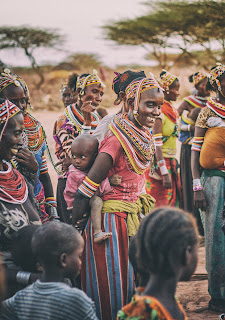The Kenya Meteorological Department has forecast that rains will begin in different parts of the country from mid-March, with expected rainfall likely to be slightly above the long-term average amounts for the long rains season, which falls in March, April and May.
While this may come as good news to farmers, the Director of the Climate Predictions and Applications Centre at the Intergovernmental Authority on Development Dr Guleid Artan, ICPAC, said in a news release that the long rains do not mean immediate recovery from drought, seeing as the last three seasons have recorded below average rainfall.
This implies that recovery from drought
will take a few more months and the effects of the prolonged drought will
continue to be felt, even after the rains begin.
Kenyan
drought facts and figures:
September
2021 - Government declares drought a national
disaster
2
- number of rainy seasons
3
- number of consecutive rainy seasons that have failed
23
- arid and semi-arid (ASAL) counties
12
counties - most affected by drought: Marsabit,
Turkana, Samburu, Baringo, Wajir, Mandera, Garissa, Isiolo, Tana River, parts
of Kitui, Meru and Laikipia
2.8
million - number of people in food crisis in
December 2021
3.1
million -
people in need food assistance in February 2022
730,000
- number of women of reproductive age facing drought crisis
 |
| Photo by Ian Macharia on Unsplash |
656,000
- children aged between 6-59 months acutely malnourished and in need of
treatment in February 2022
100,000
- pregnant and lactating mothers acutely malnourished in February 2022
1.4
million - livestock that have died after the
failure of 3 rain seasons
58
to 85kg - amount of maize sale whose sale could
buy one goat in Turkana in January 2022
Sh2 billion - amount allocated by
government for relief food distribution, water and livestock offtake
Sources: National Drought Management Authority; Economic Survey 2021; Farming Early Warning System (FEWS), ICPAC Compiled by: Felista Wangari
This feature is supported by a grant from WAN-IFRA’s Women in News Social
Impact Reporting Initiative on Climate Change

No comments:
Post a Comment